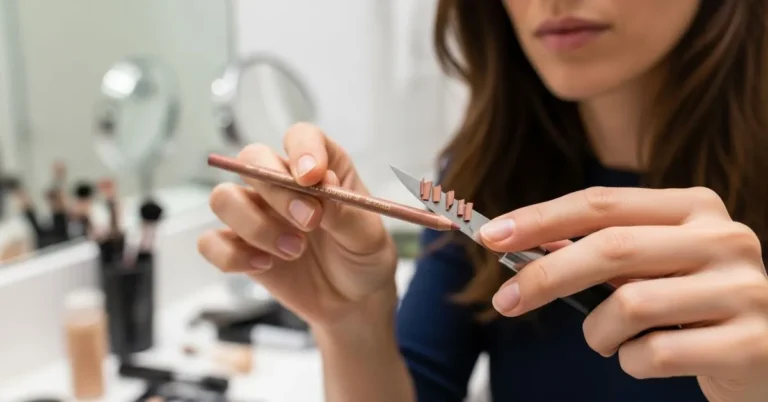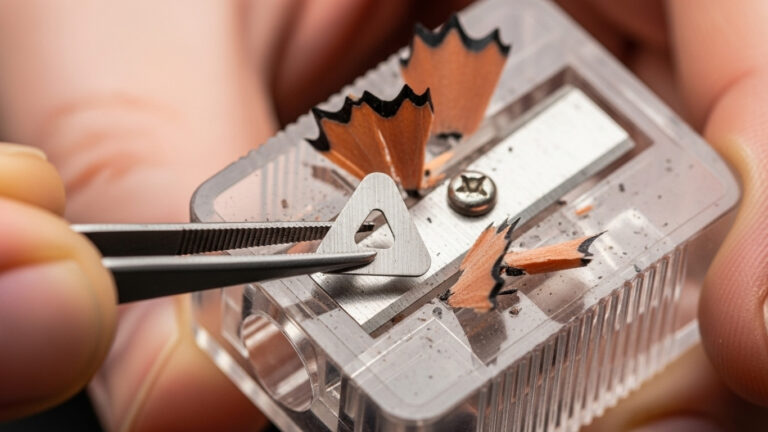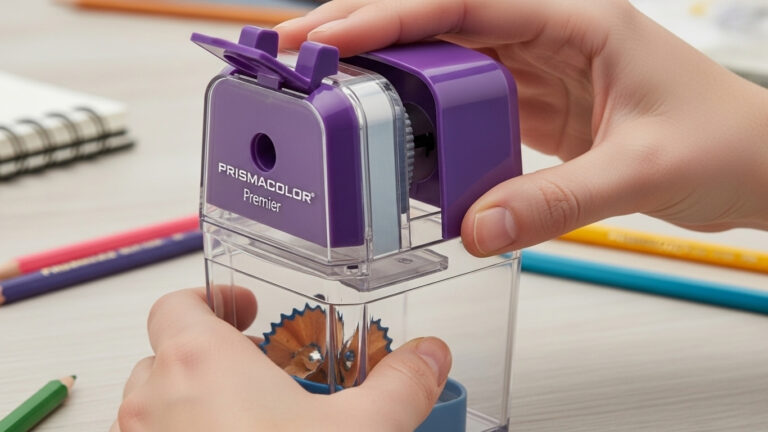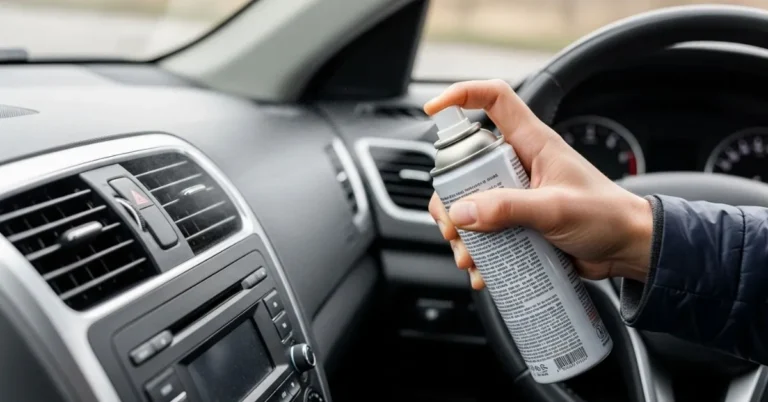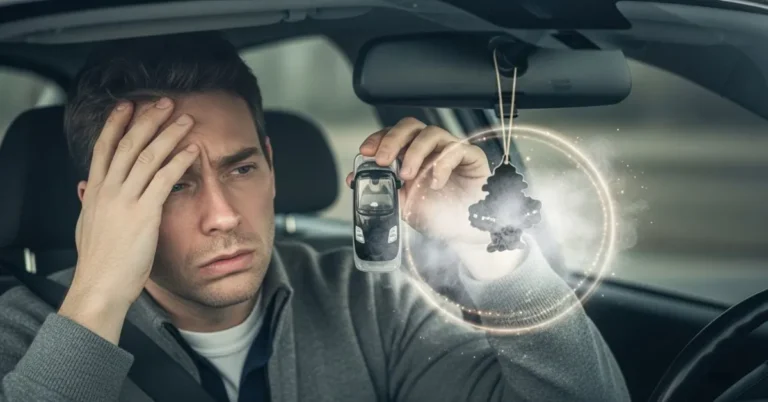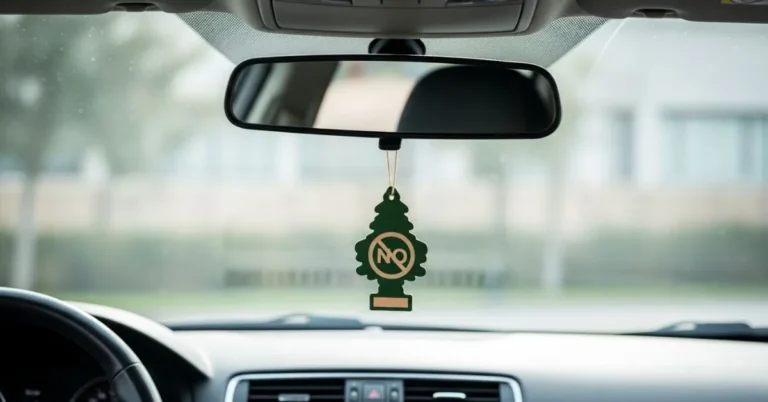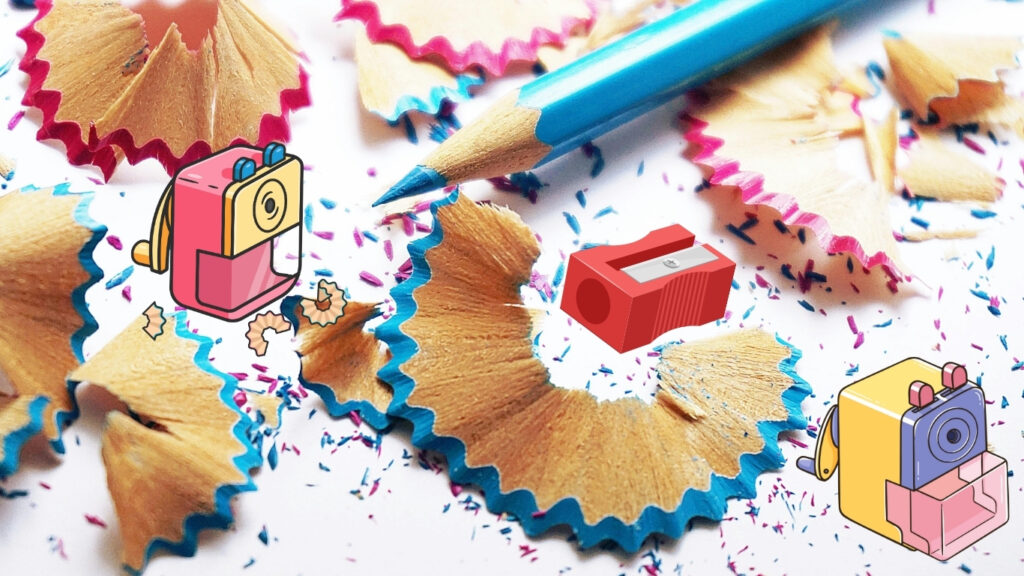
Who made the pencil sharpener might not be a question that crosses your mind as you’re mid-glitter explosion, deep into a craft project but it’s about to become way more interesting than you think.
Let’s set the scene: you’re elbow-deep in your latest creation glitter on the floor, markers strewn across the table, and your trusty No. 2 pencil worn down to a sad nub. You reach for your pencil sharpener. Twist-twist. A few curls of shavings later bam! Ready to sketch your next creative masterpiece?
But behind this simple moment lies a surprisingly sharp backstory. From forgotten inventors to a sprinkle of French flair, the race to fine-tune this essential tool has more drama than expected.
Today, we’re diving into the fascinating origins of one of the most underrated yet essential tools in every artist, student, and office worker’s life. Trust me you’ll never look at your pencil sharpener the same way again.
Contents
- 1 Who Made the Pencil Sharpener? Meet Bernard Lassimone
- 1.1 Why Lassimone?
- 1.2 Sharpening the Concept: The Evolution Continues
- 1.3 From Bulky to Brilliant: Art Meets Innovation
- 1.4 Sharpening Sustainably: Manual Is the New Modern
- 1.5 Why Every Crafter Should Care About the Inventor
- 1.6 Soft Spotlight: Informational Picks for Crafty Minds
- 1.7 Where to See Historic Pencil Sharpeners in Real Life
- 1.8 Did You Know?
- 1.9 Quick Recap: The Sharp Essentials
- 1.10 FAQs: Who Made the Pencil Sharpener & Related Curiosities
- 1.11 Expert Thoughts: (Yes, Another Pun)
- 1.12 About the Author
Who Made the Pencil Sharpener? Meet Bernard Lassimone
The honor of inventing the pencil sharpener goes to a French mathematician named Bernard Lassimone, who patented the first model in 1828. So, if you’ve ever muttered a “thank you” to your pencil sharpener mid-art session, now you know who deserves the credit.
Lassimone’s design, however, was a bit extra.
Picture a wooden box fitted with tiny metal files. You’d insert the pencil and rotate it, grinding it down to a point, not exactly pocket-sized. It was engineered more for precision than portability, and while it wasn’t exactly user-friendly by today’s standards, it was revolutionary for its time.
Why Lassimone?
As a mathematician, Lassimone desperately needed sharp, precise pencils. Engineering and technical drawing were booming in post-Napoleonic France, and a sharp pencil was as essential as a ruler or compass. He created his sharpener not for fame, but for function.
Sharpening the Concept: The Evolution Continues
While Lassimone lit the creative spark, Thierry des Estivaux, another French inventor, took things a step further in 1847. He improved the concept by introducing rotating blades a significant leap toward today’s devices.
But the big leap in usability came from across the Atlantic.
In 1897, an American named John Lee Love (yes, that’s his real name) patented the first portable, hand-crank pencil sharpener. His design was compact, easy to use, and perfect for classrooms, offices, and traveling artists.
Evolution Timeline:
- 1828 – Bernard Lassimone patents the original pencil sharpener.
- 1847 – Thierry des Estivaux adds rotating blades.
- 1897 – John Lee Love creates a user-friendly, portable sharpener.
- 1900s–Today – Electric models, sleek portable designs, and sustainable options emerge.
Read More: Can You Bring a Pencil Sharpener on Plane? TSA Rules
From Bulky to Brilliant: Art Meets Innovation
Sharpening a pencil used to involve a knife literally. Carpenters and artists had to whittle the wood away, often unevenly, sometimes wasting the graphite altogether. Lassimone’s invention wasn’t just a clever idea; it was a massive upgrade in the tools of the trade.
Artists Rejoiced:
With the rise of fine arts, technical illustration, and architectural drafting in the 1800s, pure gold was a tool that could create a fine point without wasting graphite.
Even today, many artists swear by manual sharpeners for the control they provide. You can’t get that from a clicky mechanical pencil or a jittery electric one.
Sharpening Sustainably: Manual Is the New Modern
In an age where everyone’s going electric, the humble manual pencil sharpener is making a quiet comeback and it’s all thanks to a growing awareness of sustainability.
Electric sharpeners? Cool, but they require batteries or power.
Manual sharpeners? Eco-friendly, long-lasting, and dare we say romantic?
Crafting communities, DIYers, and students alike are turning to metal-bodied, crank-style sharpeners that last decades with minimal waste. Bonus: they look fantastic on a craft table.
Why Every Crafter Should Care About the Inventor
You might be thinking: “Okay, cool history, but what does this have to do with me?”
Here’s why it matters:
Knowing who made the pencil sharpener connects you to a long tradition of creative problem-solving. Using a pencil let alone sharpening it is part of a centuries-old relationship between art, technology, and human innovation.
So next time you’re prepping your colored pencils for a mandala project or sketching out your following Etsy listing, think of Bernard Lassimone he walked so we could doodle.
Soft Spotlight: Informational Picks for Crafty Minds
Ready to geek out further? Here are a few soft-sell picks for the curious crafter or teacher-at-heart:
- “The Pencil” by Henry Petroski – A surprisingly deep dive into the pencil’s evolution.
- Antique-style sharpeners – Great for craft rooms, collectors’ shelves, or vintage home decor vibes.
- Manual crank sharpeners – Sturdy, charming, and built to last (hello, eco-friendly!).
If you’re feeling the graphite romance, plan a visit to see some OG pencil sharpeners in person:
Where to See Historic Pencil Sharpeners in Real Life
- Musée des Arts et Métiers (Paris) – Often displays Lassimone-era inventions.
- The Pencil Museum (UK) – A hidden gem in Keswick that every creative should visit once.
- Smithsonian National Museum of American History – Rotates rare inventor exhibits.
There’s even a private collector in Georgia, USA, with over 3,000 vintage sharpeners. Talk about dedication!
Did You Know?
- The pencil sharpener wasn’t widely adopted until pencils became mass-produced in the mid-1800s.
- In France, sharpeners were once considered “luxury office accessories.”
- Some 1960s mechanical sharpeners can fetch $100+ on collector markets.
Sharpeners: more iconic than you thought, right?
Quick Recap: The Sharp Essentials
- Who made the pencil sharpener? Bernard Lassimone in 1828.
- Improved by Thierry des Estivaux and John Lee Love.
- Manual models = sustainable, artsy, and cool again.
- Vintage lovers and artists are reviving classic crank-style designs.
- Lassimone’s legacy lives on in every sketch and scribble.
Read More: How to Remove Paint Pen from Plastic: Expert Tips and Tricks
FAQs: Who Made the Pencil Sharpener & Related Curiosities
1. Who made the pencil sharpener and why?
Bernard Lassimone, a French mathematician, invented it in 1828 to save time and improve pencil precision, especially for drafting and technical work.
2. Was Bernard Lassimone’s sharpener widely used?
Not initially it was too bulky. Later designs by Thierry des Estivaux and John Love made them more accessible.
3. Are manual sharpeners better for artists?
Yes! Manual sharpeners allow for more control and less breakage ideal for colored pencils and sketching.
4. What’s the most eco-friendly sharpener option?
Manual metal sharpeners or crank-style models last longer, require no electricity, and create less waste.
5. Where can I buy a vintage-style pencil sharpener?
Online retailers like Amazon, Etsy, and specialty office stores offer both replicas and originals, which is great for collectors or design enthusiasts.
Expert Thoughts: (Yes, Another Pun)
So now that you know who made the pencil sharpener, take a moment to appreciate the tiny titan on your desk. From an 1828 French patent to today’s eco-chic designs, it’s proof that even the smallest inventions can change how we create, think, and live.
So sharpen that pencil, sketch your dreams, and thank Bernard Lassimone for turning a mundane moment into a stroke of genius.

